How to choose the best cookware
Chooing the best cookware for your home is a somewhat broad area, and many homeowners find themselves at a loss on where to start looking for suitable cookware. There are multiple factors that come into purchasing suitable cookware, and in this guide we’re going to look at some of the most important aspects of cookware, and how to differentiate between the different types available.
Aesthetics
One of the most common (and often problematic) methods many people use to choose cookware is the general aesthetics of the appliances. For example, many people will rush into purchasing a certain toaster due to the colour or shape, and whilst this certainly plays an important part into the decision making, you should never choose to make a purchase purely on the way it looks.
Instead, focus on the practicality and physical benefits of a product before looking at the design and colours of the piece. Whilst this may seem a little odd at first, it will ensure you purchase cookware that’s suitable and effective for your home, and will save you trouble later down the line.
That’s not to say you shouldn’t take the design and appearance of cookware into consideration, and of course, we all want our kitchen to look spick and span, but try to be realistic and practical in your decision making.
Material Type
Your primary consideration for choosing suitable cookware should be the material it’s constructed from. Different metals serve different purposes, and whilst they may all appear the same at first, it’s important that you purchase the proper equipment. The more you cook the more important choosing the correct material type becomes, and below, we’re going to look at the three most common cookware metals.
Copper – Copper tends to be the most expensive metal cookware product, but it’s also the most efficient at conducting heat. Copper is usually most effective at spreading heat throughout the pan, ensuring any food your cooking is heated evenly. This is especially relevant for cooking egg-whites, as it’s far superior when pitted against the other metal types. The main downside with copper material is that it is easy to scratch and can begin to discolour after repeated use.
Aluminium – Aluminium is the primary choice for many kitchens across the world mainly because it’s an affordable product that is easily replaceable. The main issue with aluminium is the fact that it is a soft metal, meaning over time it wears down and will need to be replaced. Nonetheless, if you’re on a budget, aluminium cookware is certainly a suitable option, but be prepared to replace your equipment on a semi-regular basis.
Cast Iron – Cast iron products take a long time to conduct heat, meaning you will often be waiting a fair while whilst it heats up. Once heated, it retains its heat well, and for long periods of time, but this is not usually enough to outweigh the annoyance of waiting long periods of time for it to heat. Cast Iron equipment is also very heavy and has a nasty habit of making food stick to it – an annoying problem for those cooking regularly.
Copper is by far the most effective and suitable cooking metal available, but its price may prove unaffordable to certain users. If you’re on more of a budget stick to aluminium products, although a slightly larger up-front investment for copper products will likely prove a financially beneficial decisions due to the need to replace aluminium products when they’re worn out.
Type of Stove
This is another important factor that you should take into consideration as it will affect your cooking. With glass and ceramic cooktops, you must ensure that your cookware is completely flat, as this is important for the cooking process. If your stove is glass or ceramic ensure your cookware is a heavy-gauge material, to make sure heat is conducted as thoroughly as possible.
Similarly, if you’re using an induction cooktop you can’t use some popular materials such as aluminium, stainless steel, glass or ceramic, and instead must use magnetic type cookware. Cast Iron, magnetic stainless steel and certain types of anodized aluminium are a few options you can use on your induction cookware.
Prices of the best cookware
Touched upon briefly in the metals section above, price often plays a large part in the decision making process when purchasing home cookware. The material and brand name are usually the two largest factors when studying pricing, so it’s worth noting this before shopping.
Whilst it may seem tempting to choose the cheaper option, it can often be beneficial to spend a little extra money now and purchase high-quality products that will last, rather than buying cheap equipment that will need replacing. If you can afford to, kit yourself out with quality utensils, as you’ll benefit from not having to replace them regularly.
If you’re a seasoned chef, or you simply like cooking, you’ll likely notice a difference in having higher-quality cookware as opposed to cheaper, less-effective products. If you plan on cooking regularly this should be a consideration, even if you’re not a regular chef, so bear it in mind when looking at purchasing the best home cookware.
Conclusion
There’s no right or wrong way to purchase home cookware, but it’s worth spending a little bit of time thinking about, especially if you’re a keen cooking enthusiast or plan on spending a lot of time in the kitchen.
As you can see, there are multiple considerations to take into account before deciding on the best cookware to use in your home. Consider the points listed above before rushing into making any purchases.
It may seem tempting to simply see a product you like the look off and purchase it, but in reality it’s worth spending the time assessing your individual needs before buying. There’s no right or wrong way to buy, but using the guide above you should now have a fairly detailed idea of what is suitable for your home, and what’s not.

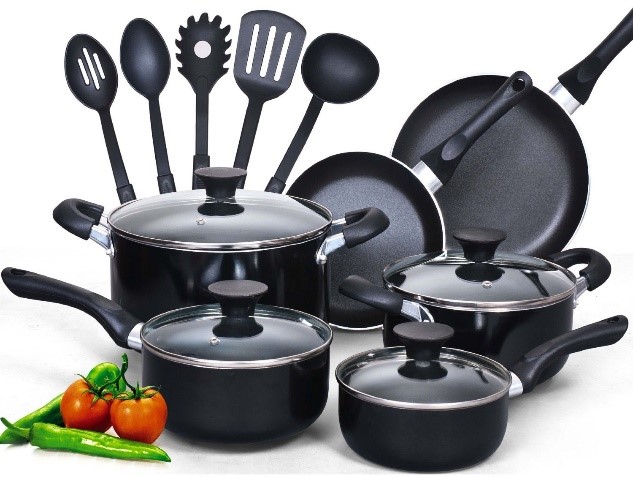

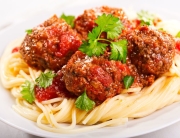
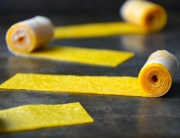
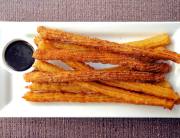
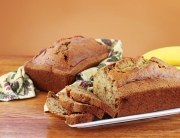























Leave A Comment